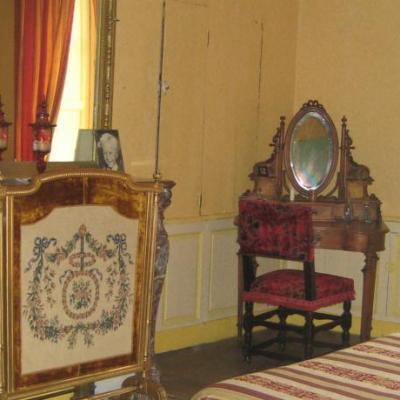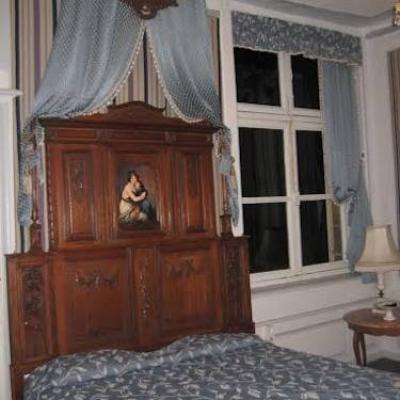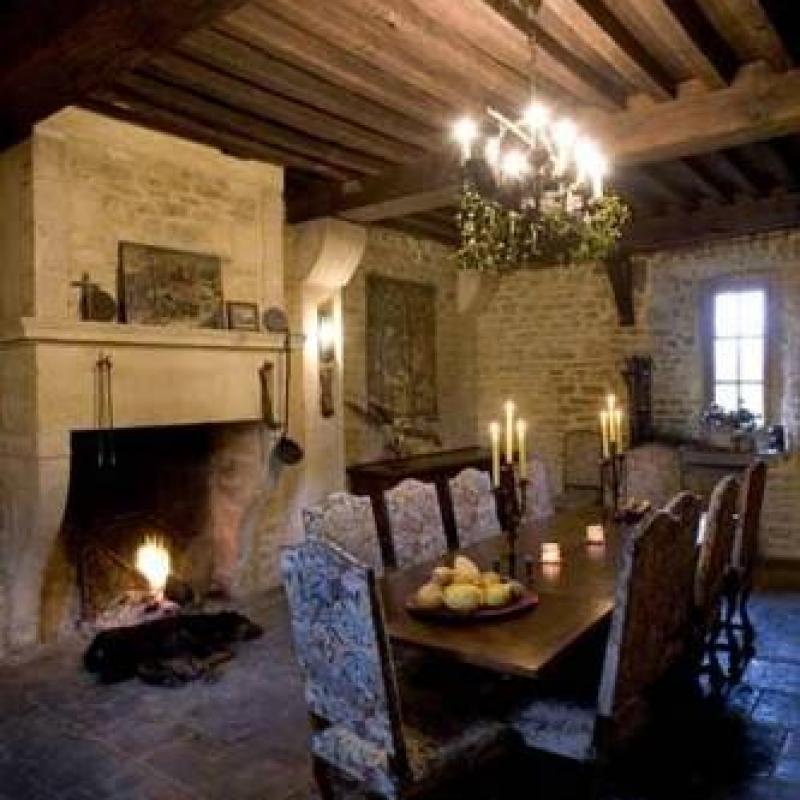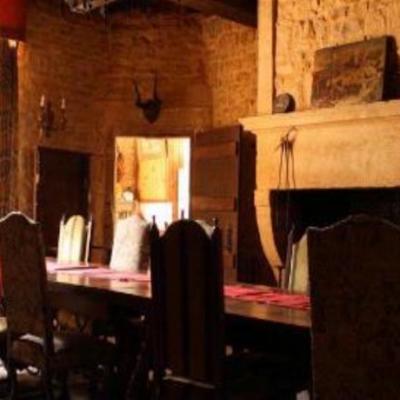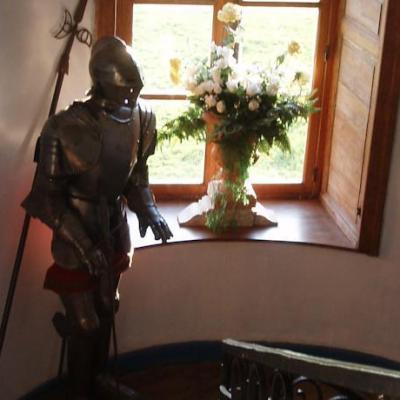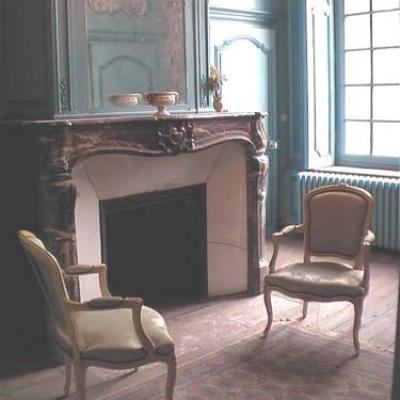History of the monument
A strong house owned by the family of Warigny-d'Aguisy existed on this site. Pepin le bref (Father of Charlemagne) came to spend Christmas and Easter at Glaire Tower (Defensive Tower located 1 km from Glaire).
The strong house was probably destroyed during the events of 1552, when the troops of Martin van Rossum , in the service of the Emperor Charles Quint , destroyed and burned the small village of La Villette. A building is rebuilt in the following decades, which corresponds to the three left spans of the current main facade, already flanked by three towers. A central vestibule separated two large rooms.
Cardinal Mazarin owned the castle. Mazarin would have taken refuge there briefly during the Fronde des Princes . Anne of Austria and the young King Louis XIV would have stopped there before the return of the Cardinal to Paris.
The buildings are converted for the first time in the 17th century. They are acquired in the eighteenth century by Jean-François Maucomble lord engagist Glaire (and father of Jean-François Nicolas Joseph Maucomble , general under the Empire and the Restoration ). This Maucomble gives the building its current form, for the most part. He built the pavilion to the north, projecting, enlarging and homogenizing the main facade, reviewing the openings and creating a garden. During the French Revolution , and particularly during the Terror years and at the end of his life, the Maucomble family quietly hosted the constitutional bishop in this place.of the diocese of Sedan , Nicolas Philbert . He died there in June 1797. In accordance with his wishes, he was buried in the cemetery of the little church. The fact is noted by some local historians and archivists who mention in particular the inscription left by his vicars on a marble plate: "At the sight of the wolf, he did not run away and did not abandon his sheep". Then the tomb disappears mysteriously. In 1982, however, the evacuation of rainwater brought to light the famous marble plaque and burial, under twenty centimeters of earth, at the foot of the cemetery wall, facing the entrance of the church. A new burial is performed and the cure of Glaire brings him an ultimate blessing.
In the nineteenth century, the building became the property of traders in wool Sedan , the Kistemann who proceed to further revisions, including the rear facade.
At the time of the capitulation of Sedan (end of the empire of Napoleon III), the lands of Villette served as prison camp for 83000 soldiers and 70000 horses. Emile Zola stayed at the castle and described the camp of misery in his novel "La Débâcle".
After the Second World War , the building was abandoned for a few years before being restored again.
The building is listed as a historic monument in 1996.





